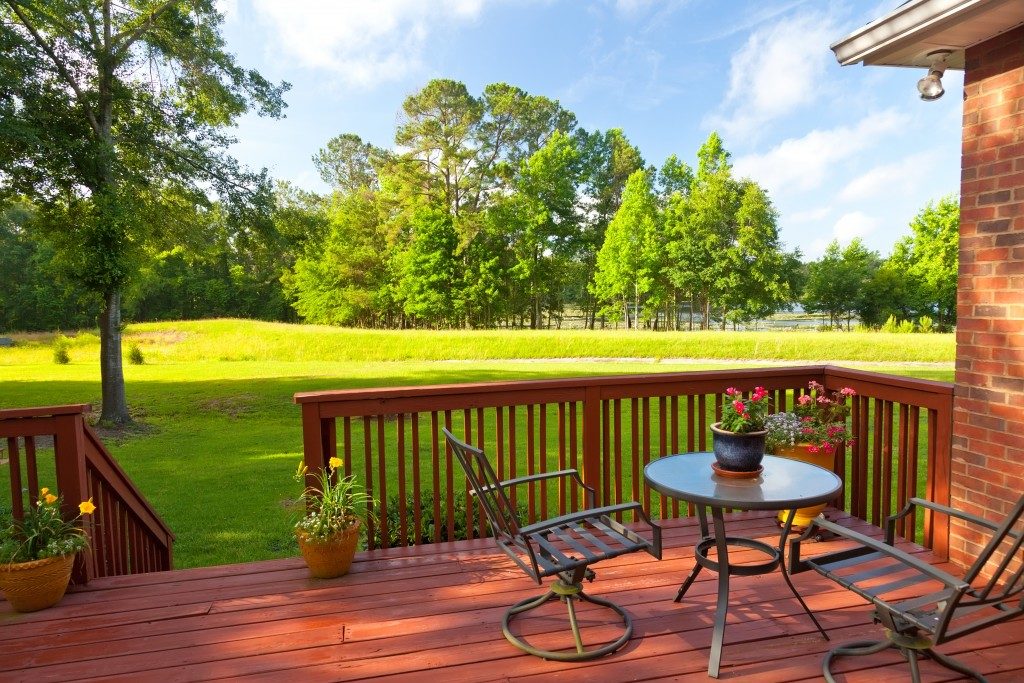Deck contractors and DIY aficionados alike swear by wood when building a deck—it comes in several varieties and can be treated with waterproof decking material if you need to protect it from moisture. It’s cheaper, too. Some, however, look at the long-term viability of wood in an era where extreme weather is in the news 24/7. To do this, they turn to materials that can withstand the rigors of rainfall. The most promising candidates are PVC and composites, which are already gaining traction in the northeastern United States (where it enjoys a market share of 54%).
Some people are confused, however, on whether to choose PVC or composite. Still, others think they’re the same thing, and while they both include synthetic materials, they have a whole world of difference. This blog post outlines how they differ and which is a better choice.
PVC

PVC stands for polyvinyl chloride, which is the same material (called vinyl) in siding, decking, and fencing construction, but it’s also used for a range of other building materials, like pipes and window frames. PVC can be made reliably and affordably, making it one of the most common plastics in the world.
PVC is naturally resistant to insects and fire. It’s also immune to moisture damage, making it a top choice for home components that need to be waterproof. PVC boards used to look plastic, but some advances in that department have allowed vibrant colors and textures to be “baked” into the vinyl extrusion process. Due to its strength and low weight, PVC can be easily cut and installed.
It doesn’t mean PVC has without its faults, though. The most common problem is its thermal expansion, which sits at an astounding 54-110 on the linear expansion coefficient scale. To put this into perspective, steel expands at a rate of only 11. This is why, even with these low-maintenance, high-strength qualities, you won’t see pure PVC roofs because the sun’s heat will warp them. Similarly, PVC also retains heat more than other materials, even compared to human-made composites like concrete. This means a PVC deck that is exposed to the sun for half the day might be too uncomfortable to lounge on.
Composites

Composite materials use a combination of treated wood fiber or wood flour with plastic, which manufacturers will then extrude into boards. The wood portion of the composite provides strength and rigidity, while the plastic part—which sometimes uses PVC—impart the product with all the advantages of PVC (see above) without its drawbacks. This composition gives this material the best of both worlds.
Like PVC, composites come in a range of colors and textures, and they don’t require sealing or staining like wood—their colors come with them upon manufacture. The most significant selling point of composites is that, because they’re part-wood themselves, they look more authentic than PVC. They feel more authentic, too, as vinyl usually has a more “bouncy” feel to it, but composites feel just like wood under your feet. Plus, composite materials are easier to work with, which is a bold claim as PVC is already simple enough to cut and install.
Composite decking materials win in a head-to-head competition. That said, PVC might still be a choice for more temperate climates. It also has a lower price than composites.

